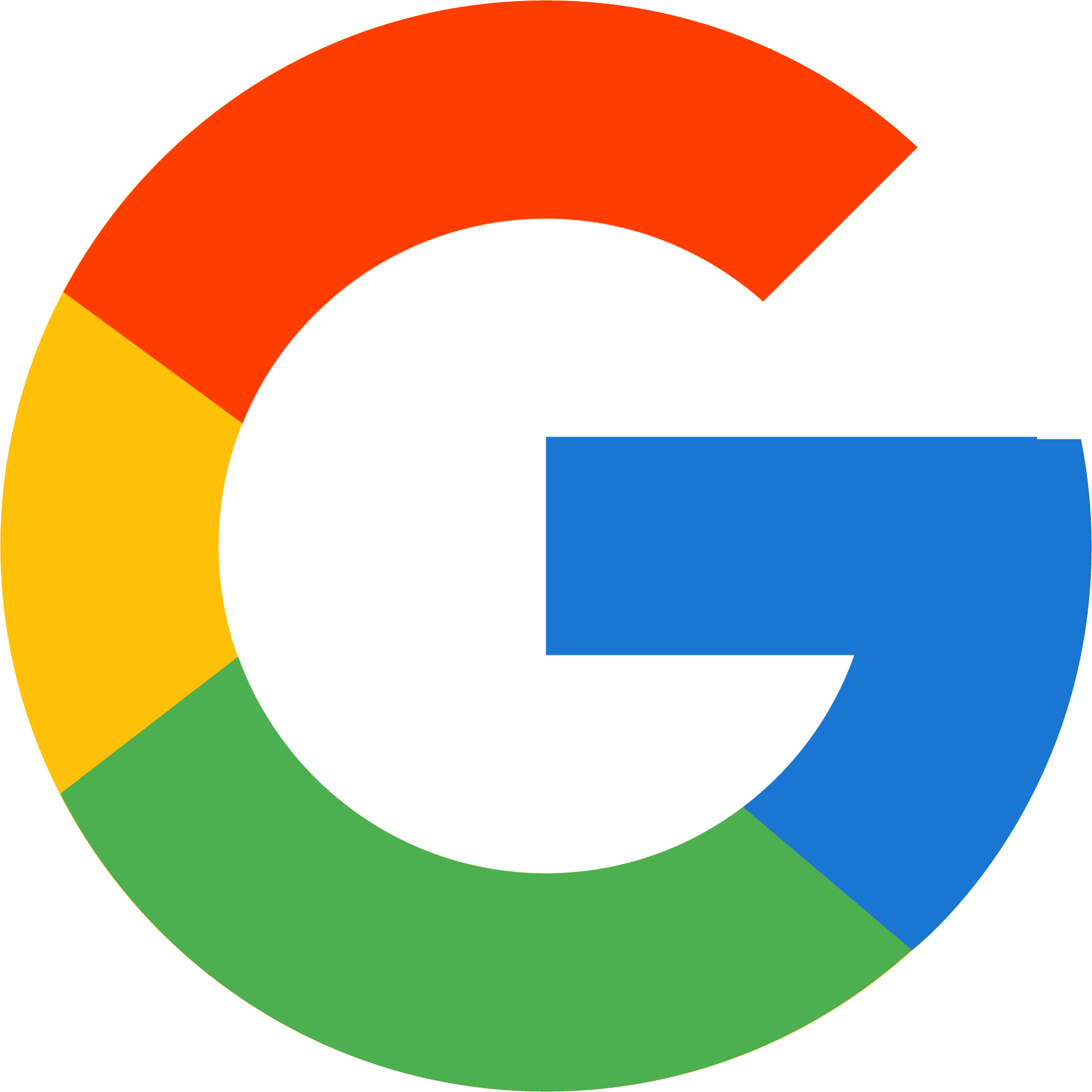Embracing the Google Ecosystem

In the ever-evolving world of technology, making a switch from one tech giant’s ecosystem to another can be a significant decision. For years, Microsoft has been a household name, with products like Windows, Office 365, and OneDrive dominating the business and personal computing landscape. However, as the digital landscape evolves, many users are finding a new home in Google’s ecosystem of products and services. In this blog, we’ll explore the journey of transitioning from Microsoft to Google, shedding light on the process and the benefits it can bring to your digital life, even if you’ve previously avoided multiple ecosystems.
Why Transition from Microsoft to Google?
The decision to transition from Microsoft to Google is often driven by various factors. Some of the common reasons include:
- Ease of Use: Google’s products are renowned for their user-friendly interfaces, making them accessible to people of all tech-savviness levels.
- Collaboration and Productivity: Google Workspace offers a suite of productivity tools like Google Docs, Sheets, and Slides, which seamlessly integrate with one another for real-time collaboration.
- Cloud Storage: Google Drive provides a generous amount of free cloud storage and options to upgrade if needed, replacing the need for OneDrive.
- Cross-Platform Compatibility: Google’s services are available on various platforms, including Windows, Mac, Android, and iOS, ensuring a smooth transition regardless of your device preferences.
- Cost-Efficiency: Google’s pricing structures can be more budget-friendly than Microsoft’s, especially for small businesses and individuals.
Overcoming the “Single Ecosystem” Rule
For some users, like myself, a reluctance to use multiple ecosystems was a major factor in avoiding Google services. Many people have preferred to stick to one ecosystem, whether it’s Apple, Microsoft, or another, to maintain a sense of simplicity and uniformity. However, it’s important to note that this self-imposed rule can sometimes limit one’s access to the best tools and services available.
The Transition Process
Transitioning from Microsoft to Google can be a straightforward and smooth process if planned carefully. Here’s a step-by-step guide:
- Assess Your Needs: Identify the Microsoft products you currently use and evaluate whether Google offers equivalent solutions. For instance, Microsoft Word can be replaced with Google Docs, and Excel with Google Sheets.
- Create a Google Account: If you don’t already have one, create a Google account. This account will serve as your gateway to all of Google’s services.
- Migrate Email: While I didn’t migrate my email from Microsoft to Google, I did migrate it to a different service: FastMail. I’m still not a fan of Gmail or hosting with Google Workspaces, but still wanted to keep my domain, so this was the next best thing
- Move Documents: Transfer your Word documents, PowerPoint presentations, and Excel spreadsheets to Google Drive. Google Drive supports various file formats and can convert Microsoft Office files for seamless editing.
- Sync and Backup: Set up Google Drive to automatically sync and back up your important files, ensuring that you don’t lose any data during the transition.
- Explore Additional Google Services: Beyond email and productivity apps, Google offers a wide range of services such as Google Photos, Google Calendar, and Google Keep. Explore these to enhance your digital experience.
Benefits of the Switch
As you embrace the Google ecosystem, you’ll likely discover several benefits:
- Seamless Collaboration: Google’s real-time collaboration features make teamwork more efficient and straightforward.
- Access Anywhere: With Google, your documents and data are accessible from any device with an internet connection.
- Cost Savings: Google’s pricing models can be more cost-effective, especially for small businesses and individuals.
- Privacy Controls: Google provides extensive privacy settings, allowing you to customize what data you share and with whom.
- Innovation: Google is constantly innovating, introducing new features and improvements to its products.
Transitioning from Microsoft to Google may seem daunting, especially when you’ve previously adhered to a “single ecosystem” rule. However, it’s a journey worth considering. Google’s ecosystem offers a wide range of user-friendly, cost-effective, and collaborative tools that can enhance your digital experience. By following the steps outlined in this blog and embracing Google’s services, you can make a smooth transition that ultimately leads to increased productivity and satisfaction with your digital life. Embrace the change, and you may find yourself wondering why you didn’t make the switch sooner. Remember, sometimes the best tools for the job come from different ecosystems, and it’s okay to adapt and evolve as your needs change.